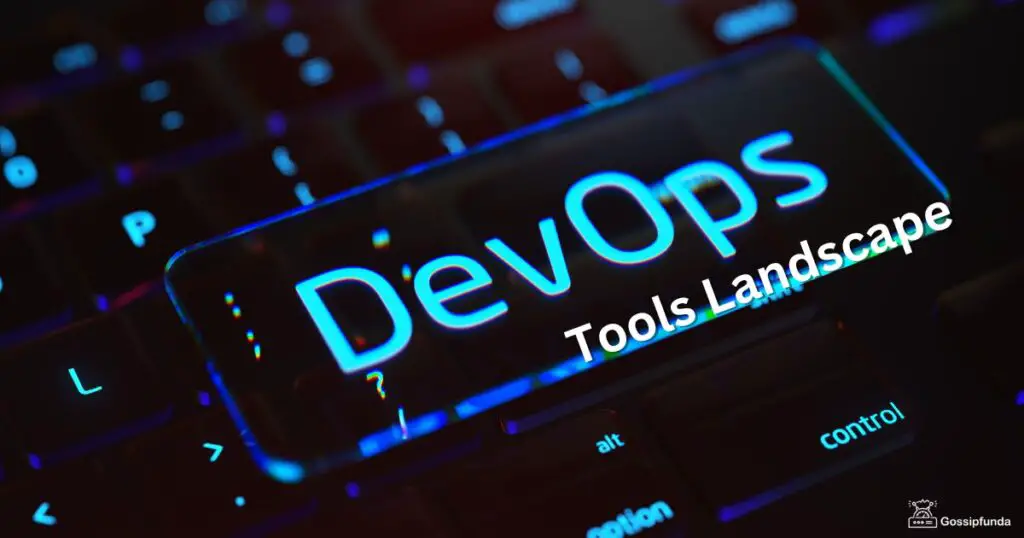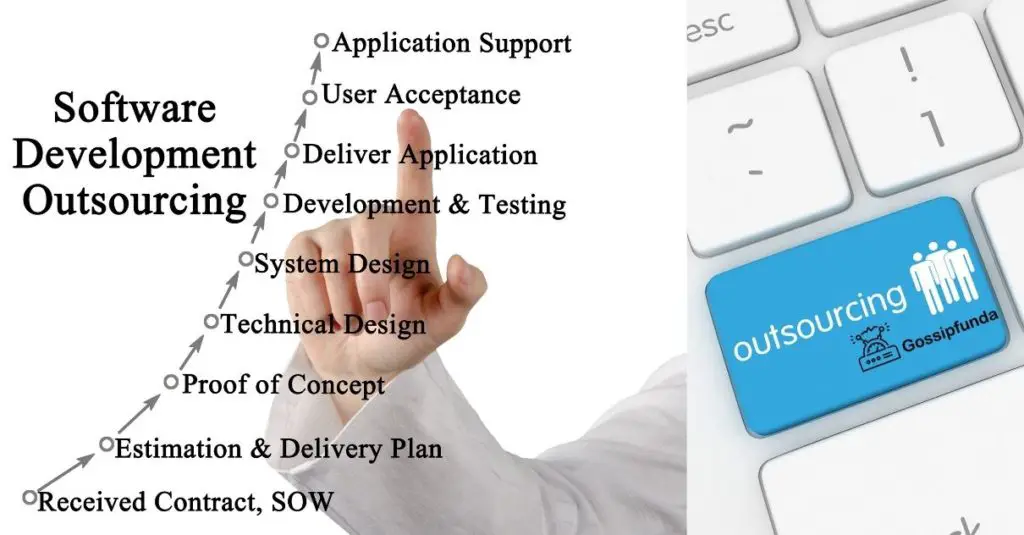DevOps has been an important part of the software development process for years, but it’s only recently that technology vendors have started to take notice. There are now dozens of DevOps tools vying for your attention and dollars, each promising to help you improve efficiency and collaboration between teams. Choosing the right tools is crucial, but it can also be overwhelming—especially if you’re just starting out with implementing a Dev Ops strategy or are looking to upgrade from older products. In this guide, we’ll walk through some of the key considerations for selecting DevOps Tools Landscape and explain how they fit into your overall ecosystem.

Core Principles of DevOps
DevOps is a culture, not a job. It’s about collaboration and communication between developers, operations, and testers. DevOps is also about automation: automating manual tasks such as deploying code or configuring servers so they can be done quickly and consistently. Finally, DevOps implies that organizations have a common understanding of how they should approach their workflows to ensure efficiency for all parties involved it’s about culture as much as it is tools or processes (which we’ll discuss later). At IToutposts, we specialize in helping businesses embrace and implement these DevOps principles for smoother and more effective operations.
Key Considerations for DevOps Tool Selection
When selecting a DevOps tool, it’s important to consider the following:
- The tool should be the right fit for your organization. Tools that are too complex or expensive can make it difficult for you to get started and maintain momentum over time. It’s also important that you select a solution that aligns with your company’s values by providing an easy user experience, affordable pricing model, and support from a strong community.
- Integrate with other tools in your ecosystem so they work together seamlessly without configuration overhead or additional cost (e.g., using AWS Lambda). This will help accelerate innovation by allowing developers access to more functionality without having them learn new languages/frameworks first which would slow down development velocity even further than just using traditional programming languages like Java/.NET/.etc..
Continuous Integration (CI) Tools
Continuous integration tools are used to automate the process of merging code changes into a shared repository. They can be used to test and build code, or they can be used to deploy it.
Continuous integration (CI) is often combined with other DevOps tools such as continuous delivery (CD), which automates the process of building software and deploying it onto servers for testing, staging and production environments.
Continuous Delivery and Deployment Tools
Continuous delivery and deployment are two key practices in DevOps. Continuous delivery automates the process of building, testing, and releasing software; continuous deployment takes this automation one step further by automatically deploying new versions of applications as they’re ready (instead of waiting until all tests have passed). As such, these tools automate much of what would otherwise be manual work and they can save you time that would otherwise be spent waiting for builds to complete or manually checking whether quality metrics are within acceptable ranges before pushing code live.
Infrastructure as Code (IaC) Tools
Infrastructure as Code (IaC) tools are used to automate the provisioning of infrastructure. They can be used to manage virtual machines, containers, and even cloud resources. With an IaC tool, it’s possible to define an entire infrastructure using a declarative language such as YAML or JSON and then deploy that configuration directly into production without any manual intervention required by operators or developers.
IaC tools are particularly useful because they allow you to version control your configurations like code so that you can roll back changes if something goes wrong (like making sure there was no regression).
Containerization and Orchestration Tools
Containerization is a method of packaging software with all its dependencies into a single unit, known as a container. Containers are lightweight, portable, and can be run in a variety of environments.
Containerization is the process of packaging software with all its dependencies into a single unit, known as a container. Containers are lightweight, portable, and can be run in a variety of environments.
Monitoring and Logging Tools
Monitoring and logging tools are used to help understand the performance of your application. Monitoring tools like Nagios, Splunk or New Relic can help you see how well your system is running on a day-to-day basis. Logging tools like Graylog or Fluentd can give you insight into what’s happening inside your applications by collecting and indexing all logs generated by those applications.
In addition to providing monitoring capabilities, some tools also include log management capabilities (like Prometheus) while others focus solely on collecting and storing logs in their raw format (like ELK).
Security and Compliance Tools
Security and compliance tools are a crucial part of your DevOps toolchain. These tools help to ensure that you’re following the necessary procedures for protecting your company’s data and staying compliant with various regulations.
These include:
- Password managers, which secure all of your passwords in one place, allowing you to use strong, unique passwords for each application or service without having to remember them all yourself.
- File encryption software (like Boxcryptor), which keeps files safe from prying eyes by encrypting them before they’re sent out over the internet or stored on servers at remote locations and decrypts them when needed so that users can access their files easily without having to worry about security issues like malware infection or unauthorized access by hackers who may have gained access through another means such as phishing attempts via email links sent from fake accounts set up specifically for this purpose (a common practice known as “spear phishing”).
There are many tools available for implementing DevOps, but picking the right ones can be difficult.
There are many tools available for implementing DevOps, but picking the right ones can be difficult. With so many options out there, it’s important to consider all of your organization’s needs before choosing any one tool.
A good starting point is identifying what you’re trying to accomplish with DevOps and then finding a set of tools that supports those goals. For example, if you want to improve communication across teams or reduce deployment timeframes by automating repetitive tasks, then you’ll want different tools than someone who wants better visibility into their codebase or more frequent deployments (and thus may need different metrics).
Conclusion
There are many tools available for implementing DevOps, but picking the right ones can be difficult. In this article, we’ve outlined some of the key considerations for choosing your DevOps tools and provided links to resources where you can learn more about each category. We hope this helps you navigate through all of these options so that you can find what works best for your organization!
I am passionate about my work. Because I love what I do, I have a steady source of motivation that drives me to do my best.
I’m not comfortable with settling, and I’m always looking for an opportunity to do better and achieve greatness. I have a keen interest in the technical field. Apart from this, I am a social media influencer.



